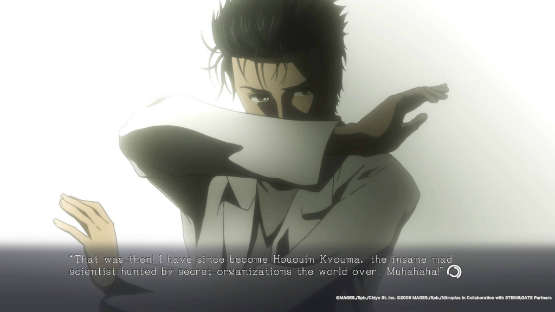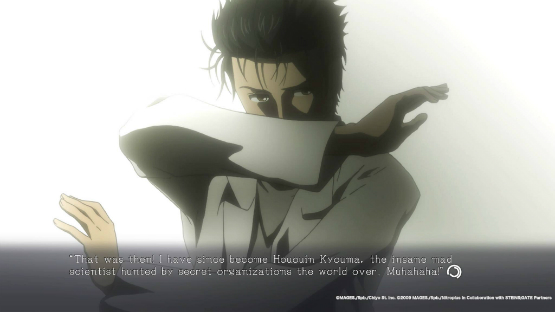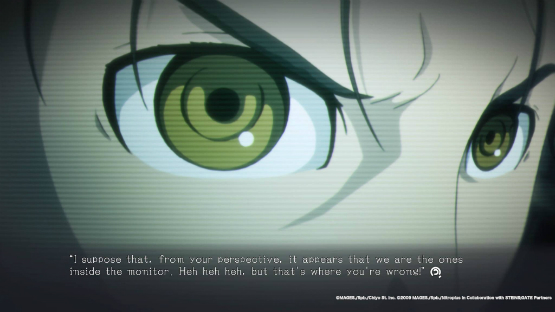
Visual novels can already suffer for being a somewhat niche genre in an industry that tends to favor more involved gaming experiences. Caught somewhere between a book, a television show, and a video game, games in the genre are tough sells for anyone mostly interested in one of those. The trade-off, though, is that the genre is capable of crafting some of the tightest prose in the industry. The point of them, after all, is to tell a compelling story through a medium that allows for player interaction. That philosophy tends to create some intriguing stuff every now and again.
Steins;Gate Elite was always going to be good. It’s a revised and modernized version of a game that already stands out as one of the greatest visual novels ever created. There’s nothing here that changes the fact that the story is brilliant. The gameplay remains a small factor that influences the outcome in unexpected ways. The changes are almost entirely aesthetic, but that serves Steins;Gate Elite well. Nothing that shouldn’t have been altered was, and everything else helps improve on an already proven property. This is how remasters should be handled.
Living is a Problem, Because Everything Dies
Chances are, if you’re interested in Steins;Gate Elite, you are somewhat aware of how its narrative works. For those who are truly coming in blind though, the basics of the story are this: Okarin, a would-be mad scientist with an eclectic group of friends, accidentally invents time travel. As far as conceits go, it’s not especially unique, but the way the game arrives at that point—and everything that happens afterward—is. Nearly all of the first half of Steins;Gate Elite is exposition, going over discussions over the realities of time travel and other pseudo-scientific hypotheses. That’s complemented by some of the most charming characters you’ll ever come across, even if they begin the game as walking stereotypes. They’re deliberately designed as such, with the game’s excellent codex constantly updating with slang terms that refer to their unusual or culturally odd interests.
If there’s one thing that drags on a second (or third, or fourth) playthrough, it’s the fact that the narrative is unwieldy to start. Things take a long time to set up, and there are a lot of moments that feel extraneous to what’s going on at the game’s core. Luckily, those who are experiencing Steins;Gate Elite for the first time will still find themselves absorbed in the way it plants the seeds of each character’s growth in small moments, making them each feel important to revisit. Those on a return trip through will still find the beginnings of each character fascinating, with the added bonus of being buoyed by knowledge of what lies beyond the game’s ponderous opening acts.
Once the narrative kicks into high gear, things get intense, and quick. Suddenly seemingly meaningless decisions have dire consequences, and the choices still to be made are excruciating. Having watched the anime adaptation in the interim between this game’s original release and Steins;Gate Elite, there’s also an appreciation to be had for how much more involved the story is in the visual novel. There are a lot of finer details that are absent in the anime, and the story told here is more complete, and more affecting, as a result.
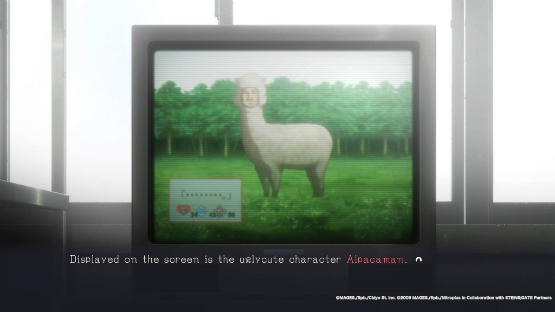
Time Moves Slowly
Even when the story is at its most plodding, however, Steins;Gate Elite shines thanks to the inclusion of scenes lifted from its anime. The game will still use stills when there’s a lot of dialogue to parse through, but the addition of bursts of animation brings the story to life. It sets a new standard for visual novels, even if it is cheating a little by bringing on so much content that was previously made for a different project. The end result is a game that feels a little more lively than its peers, and it makes long playthroughs much more bearable.
Speaking of playthroughs, don’t expect to make it all the way through the game without making a horrific, life-altering decision that results in, at best, the murder of a few of your friends. That’s just the way the game goes, and Steins;Gate Elite will tax your brainpower in the weirdest ways. Slowly maneuvering through each decision and timeline that comes out of it is a feature, not a bug. The writing is just so good that it’s worth trying to make every wrong decision on your way to attempting to get the game’s true ending.
Just Push the Button
As far as gameplay is concerned, that only occurs when Okarin takes out his cellphone to either reply to or send a text message. That’s been changed slightly from the original version, with the game automatically producing the cellphone at points when it is needed. Later, when sending a text message to the past can drastically alter the way events play out, the game will also employ a swirling kind of aesthetic around the screen to let players know that the decision they’re making is a big one. It’s small stuff, really, but it’s an improvement over the last iteration and worth noting.
It might seem odd that a game really only has one functional interaction for the player, but Steins;Gate Elite manages it well. Small text replies from earlier in the game will set the stage for bigger twists later, and sending a message to the past is terrifying every single time. Screwing it up can mean entering a timeline where the entire world has effectively ended. For a game that starts out almost like a slice-of-life anime with some weird dark moments, it twists the emotional knife in your back pretty quickly once it gets the opportunity.
But that’s part of the appeal. Steins;Gate Elite isn’t really about pushing the envelope of visual novel gameplay. It’s more about presenting a story that will stick with players long after they retire from it. In that regard, the Elite version of this property is exactly the same as its counterpart, and it’s all the better for it.
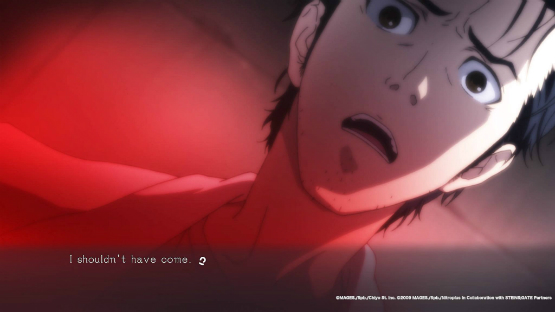
Time, Like A Flat Circle
Steins;Gate Elite has very few issues. If I had to nitpick—which I do—it would be that the game’s audio is Japanese-only. Also, the menu navigation could’ve been cleaned up just a little bit more, particularly when it comes to the index. It would be nice to be able to swap quickly between the index, a new entry, and the game’s narrative without missing a beat. Finally, the exposition-laden front portion of the narrative still drags in places even when it’s talking about something interesting, and it can feel like a slog.
Those minor problems aside, Steins;Gate Elite is definitely the best way to get into this property. It has all the charm of the anime, all the narrative excellence of the original, and a refinement that hasn’t existed in either up until this point. For new fans or veterans alike, Steins;Gate Elite is well worth the pick-up, and should represent a potential starting point for future visual novels looking to make a similar impact.
Steins;Gate Elite review code provided by publisher. Version 1.01 reviewed on a PlayStation 4 Pro. For more information on scoring, please see our Review Policy.
-
Story remains as compelling as ever
-
New animated scenes are integrated flawlessly
-
Best version of a classic
-
Localization is more hit or miss than it should be
-
Narrative might take too long to get going for some
Steins;Gate Elite Review
-
Steins;Gate Elite Review
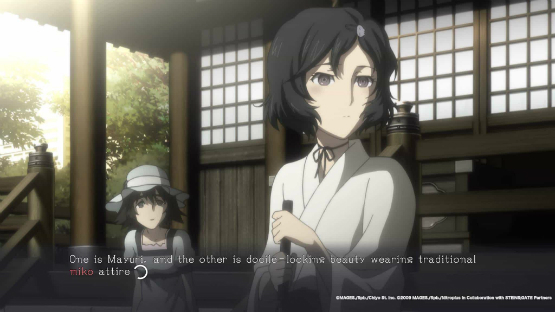
-
Steins;Gate Elite Review

-
Steins;Gate Elite Review
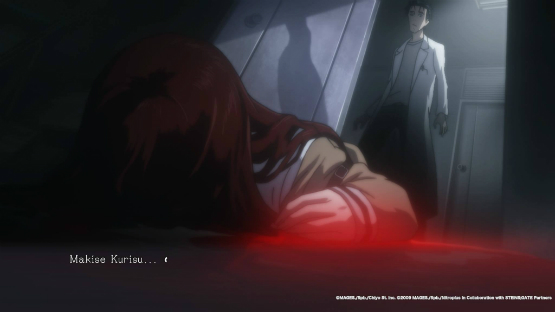
-
Steins;Gate Elite Review
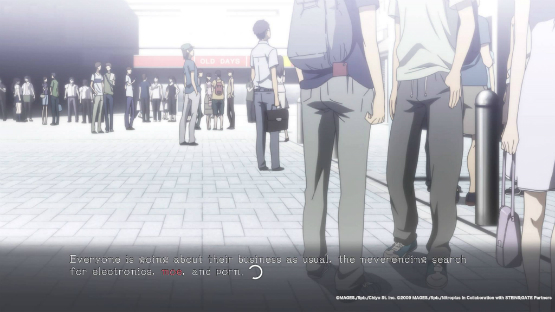
-
Steins;Gate Elite Review
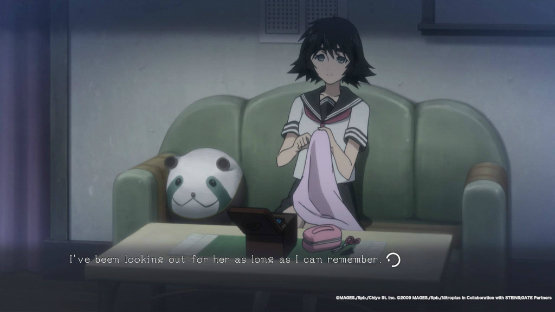
-
Steins;Gate Elite Review
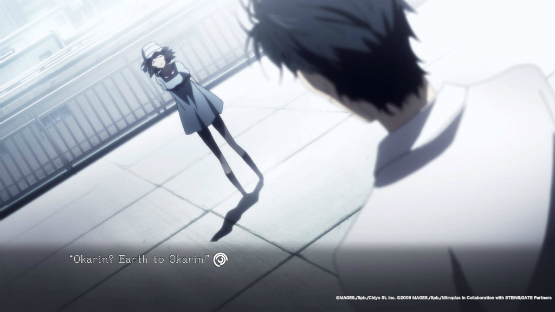
-
Steins;Gate Elite Review

-
Steins;Gate Elite Review

-
Steins;Gate Elite Review
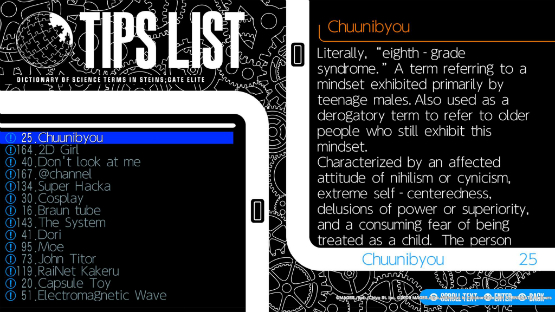
-
Steins;Gate Elite Review
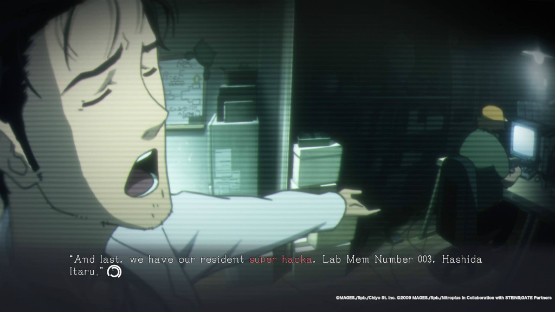
-
Steins;Gate Elite Review
